|
|
Eko Atlantic City, Nigeria, Africa |
|
|
|
|
|
|
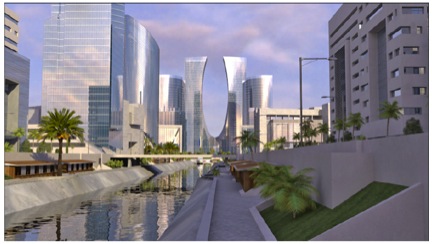
source: http://www.ekoatlantic.co
m/

source: http://www.ekoatlantic.co
m/
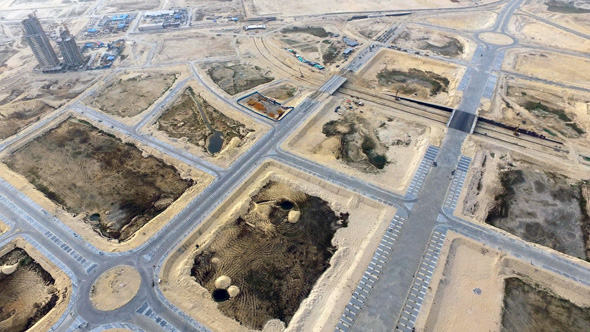
source: http://www.ekoatlantic.co
m/
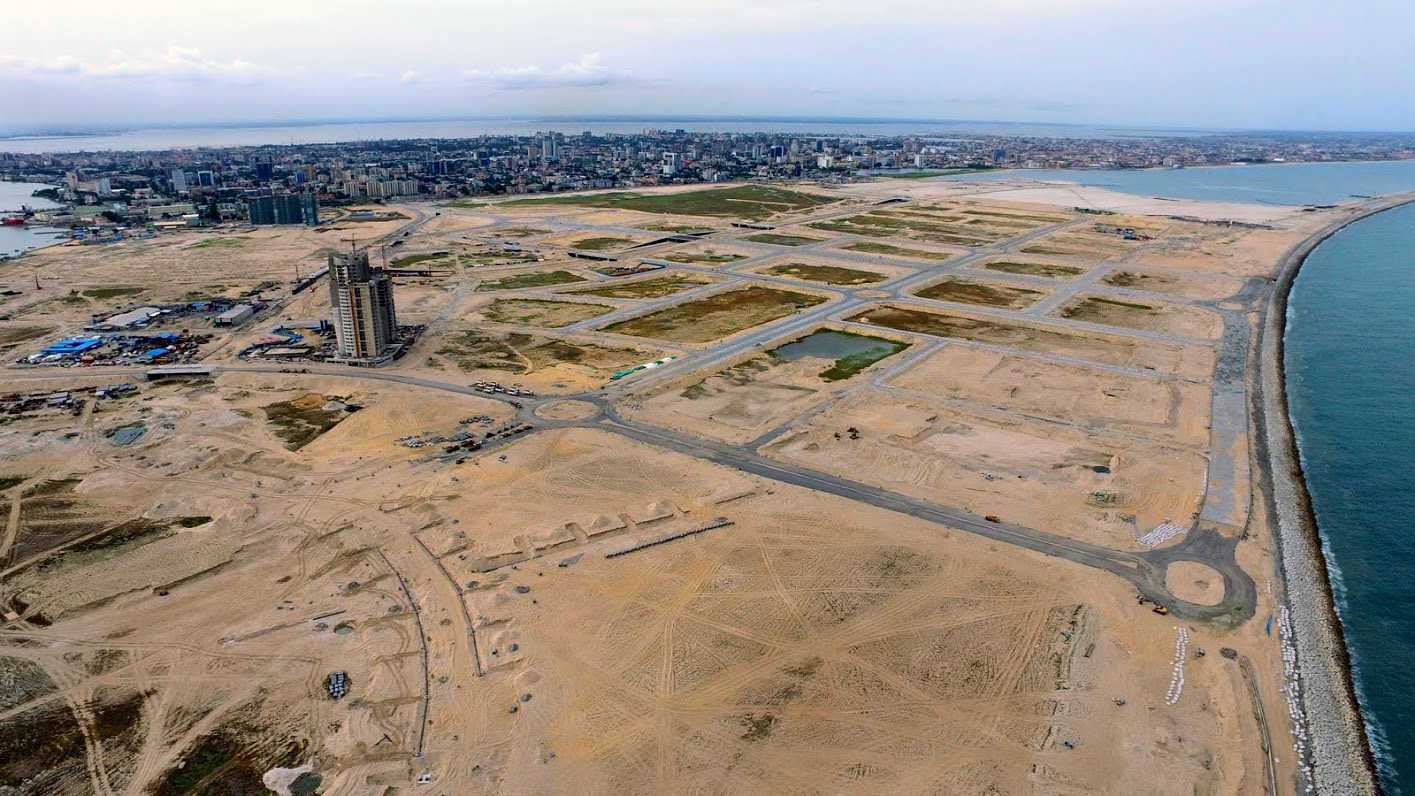
source: http://www.ekoatlantic.co
m/
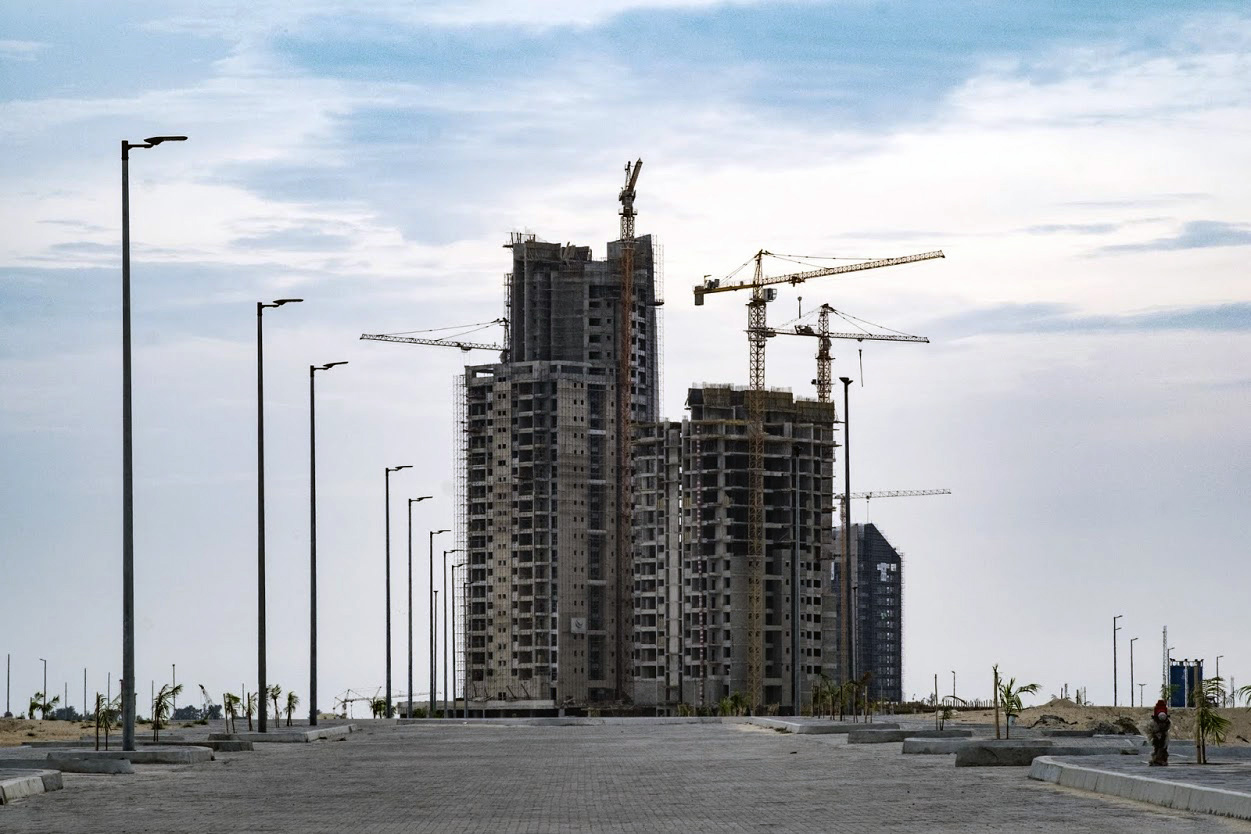
source: http://www.ekoatlantic.co
m/
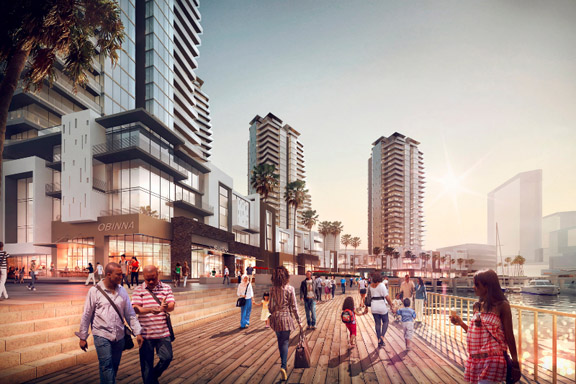
source: http://www.ekoatlantic.co
m/
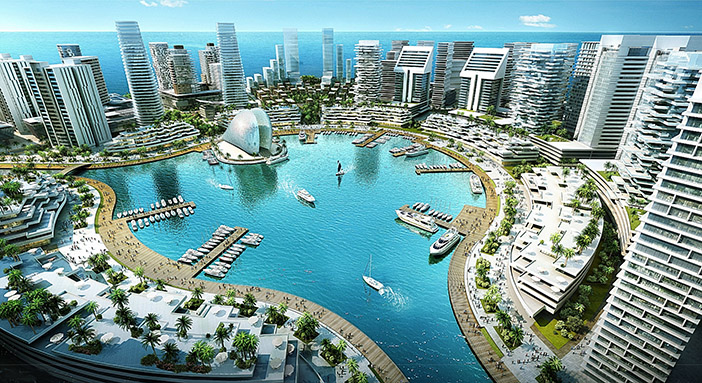
source: http://www.ekoatlantic.co
m/
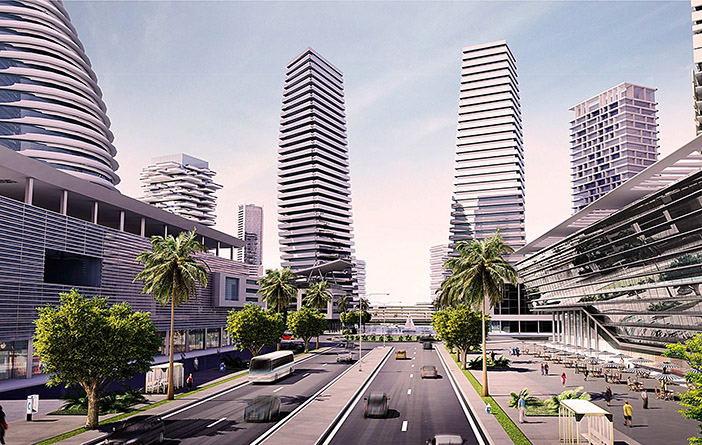
source: http://www.ekoatlantic.co
m/
|
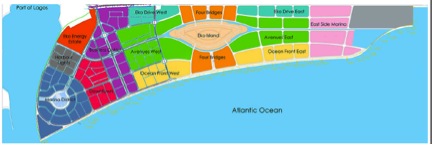
Eko Atlantic City is a new urban settlement close to the commercial capital city of Nigeria, Lagos, representing an ambitious public-private-partnership financed by South Energyx Nigeria Limited and supported by the Lagos State Government and Federal Government of Nigeria. The city is envisioned as a new peninsular extension to Victoria Island and conceived as a new financial and business hub with luxe residential addresses and state-of-the-art service infrastructure. The planning process started in 2003, and the project includes residential, commercial, financial and touristic accommodations in a location serviced by high tech infrastructure. The new city targets 250,000 residents and 150,000 commuters.
The Master plan Eko Atlantic sets guidelines for future development; the main issues are transport and infrastructure, sea-defence, land use, regulations for development, water management and technical services. This project demanded a speedy and integrated process. Surveys, technical studies, marketing, and designing the new city on several scales had to be executed simultaneously.
However, Eko Atlantic City is also a subject of discussion, and it saw the opposition of local residents. The dispute concerns the risk of coastal erosion and ocean surges caused by the ongoing construction. Consequences such as ocean water surging through living areas, flooding access roads and taking down electricity poles threaten residents relocation.
Urban Fabric
The master plan has been divided into seven districts: Business District, Harbour Lights, Marina District, Downtown, Eko Island, Avenues, Four Bridges, Eko Drive, East Side Marina, and Ocean Front. From the mainland, there are three access roads for (motor) traffic that connect to an internal ring road. This ring road circulates through all districts. Each district has its own identity, with the percentage of living, working, and public facilities being reflected in height, colour and material use of the buildings and the public space. The city also proposes the natural layout of the sea defence revetment and sand filling that would follow the modern design philosophy for sustainable coastal rehabilitation and embrace the Dutch principle of “building with nature.”
The New Town will be connected to the mainland by public transport, ferry, and a high-speed roadway, with the likely result that Eko-Atlantic will function as a massive new business district rather than an autonomous New Town. Built on 9 square kilometres of new land reclaimed from the Atlantic Ocean, the development will be surrounded by seawalls to protect it from ocean surges. Critics have questioned the impact of the seawall, or ‘Great Wall of Lagos’, on nearby islands and low-lying informal settlements, bringing the city’s rising inequality into sharp focus.
source: http://www.ekoatlantic.com/
https://www.slideshare.net/BenjaminvanAs/capital-projects-african-future-cities
http://www.archidatum.com/projects/eko-atlantic-city-arplush-architects/ |
|
2008 - 2024 disclaimer
|

